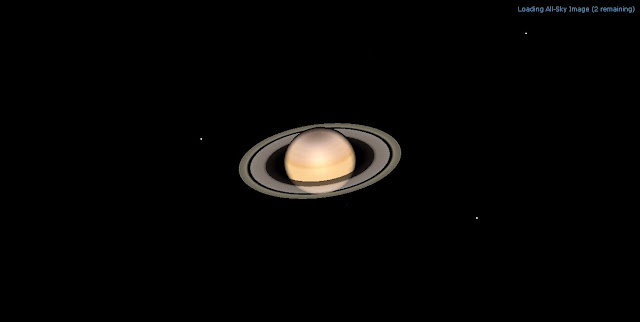Comet ISON, called the "Comet of the Century" on various media, has been a popular topic since its discovery on 21 September 2012. Below we explain some basic features of comets, illustrated with the example of Comet ISON.
What is a comet?
In simple term, a comet is a dirty ice ball moving around the Sun. When passing close to the Sun, it evaporates and displays a thin cloud and sometimes a tail. In scientific terms, the ball is called nucleus and the cloud coma.
Originated from Kuiper belt or Oort cloud, a comet mainly consists of rock, dust, ice, and solid gases such as carbon dioxide and methane. Its dimensions are from few hundreds metres to few kilometres.
Comet ISON: It is around 2 kilometres long according to Hubble Telescope observation.
How do we name a comet?
Many naming systems have been used to name comets, therefore many comets have more than one name.
Comets are named after the year of discovery...
 |
| Great Comet of 1680. Isaac Newton used it to verify Kepler's Laws. |
 |
| Halley's Comet. Discovered and predicted by Edmond Halley, it can be seen every 76 years. |
Comet ISON: Comet ISON was discovered in Russia by International Scientific Optical Network (ISON). Its formal name is C/2012 S1:
- C/ means that it is non-periodic. It is not likely to revisit the Solar System. Even if it comes back to the Sun next time, it will be another 400,000 years at least!
- 2012 denotes the year of discovery.
- S denotes the second half-month of September.
- 1 indicates it is the first comet discovered in that period.
What is the fate of a comet?
A comet can end up in very drastically different outcomes. The possible fates are:
- It comes back regularly, for example Halley's comet (period of 76 years).
 |
| The orbit of Halley's comet. The next visit is in 2024. |
- The nucleus evaporates by the Sun's immense heat and radiation. The comet is said to fade or extinct.
 |
| 3552 Don Quixote. |
- The nucleus may break up under the Sun's gravity or radiation. The remnants are still spectacular.
 |
| Breaking up of 73P/Schwassmann-Wachmann in 1995. This animation covers three days. |
Comet ISON: According to NASA Comet ISON Observing Campaign, it is very likely that Comet ISON does not survive the trip. Most of the nucleus has been disintegrated by the Sun's gravity pull and intense radiation. All hopes are not lost yet, as a very diffused remnant emerged after the passage. The following short clip shows the time-lapsed images on the NASA STEREO spacecraft.
(Big animated gif, please be patient... it is worth it!)
We may have been denied the opportunity to observe a bright comet in the night sky, but the scientific data collected is highly valuable. Scientists will know more about the behaviour of comets when they are very near to the Sun, and are able to predict such comets (called Sungrazing comets) better in the future.
Reference:

























-+Taken+with+Nikon+D70+DSLR.JPG)


+-+Taken+with+Nikon+D70+Camera+through+16inch+Cassegrain+telescope.JPG)



















